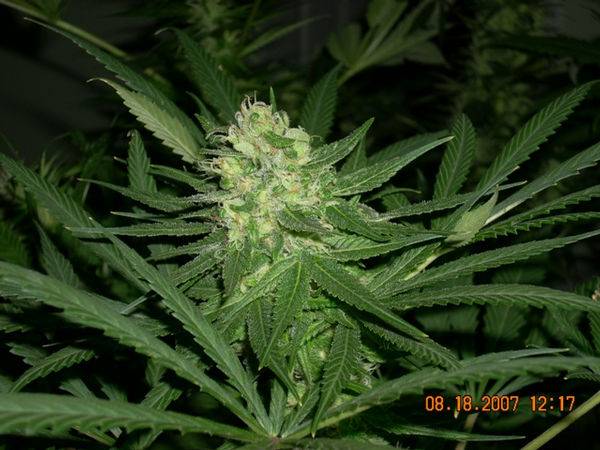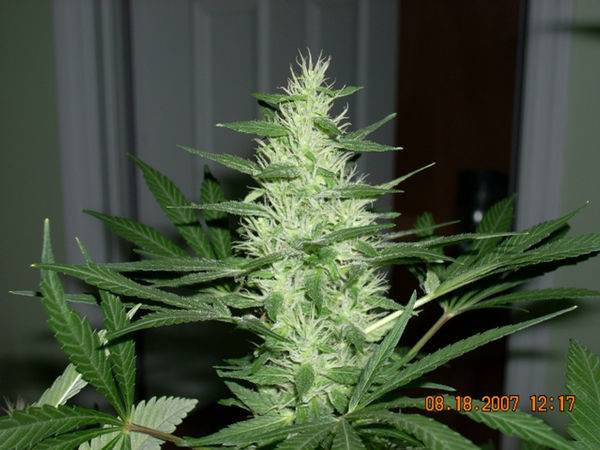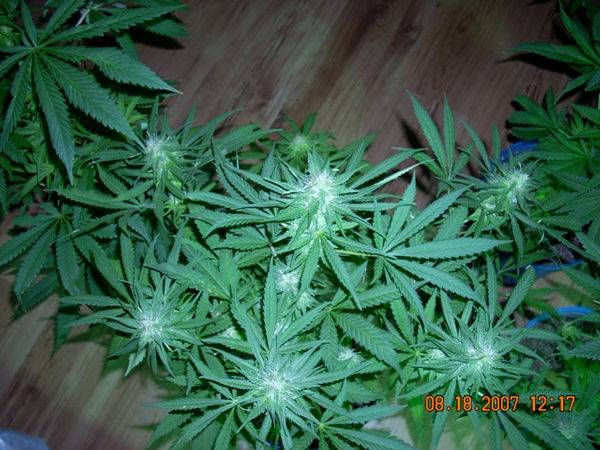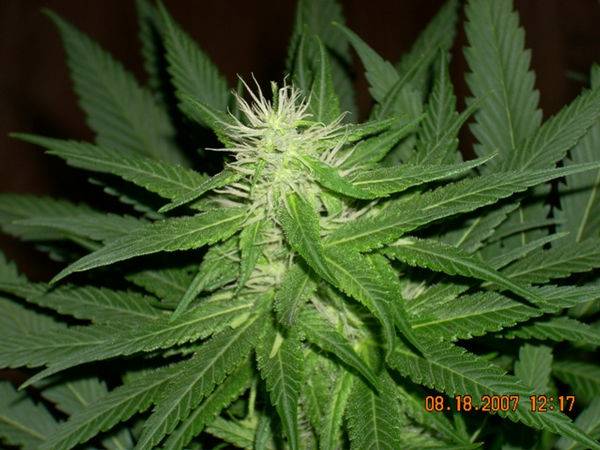[B said:vonforne] [/B] my fellow Organic growers, here is another small essay I have put together. This is another of my favorite subjects and one of the most important and useful means for nutrient delivery to the plants we grow whether it is MJ or your normal garden out the back door of your home.
What is a Compost Tea?
A Compost tea is an aerobically-brewed liquid extract made from quality microbial foods. When a tea is brewed correctly, it contains only beneficial organisms and nutrients that are essential for the soil and plants well being. Since MJ is normally a nutrient hog this is one of the most effective delivery systems available to us. It can be applied in several ways. I will address this later in the article.
Benefits of using an aerobically brewed tea are:
1. It improves soil structure.
2. It helps aid in retention of nutrients.
3. Aids in the cycling of nutrients into available forms.
4. Reduces plant stress due to environmental conditions.
5. Disease organisms are displaced by the good organisms contained in the
tea.
6. Has the ability to break down compacted soils with repeated uses.
7. Prevents anaerobic (bad bacteria) organisms from gaining a foot hold in
your soil.
8. Compost tea replaces micro-biology back into the soil that we have
removed because of our over-development and chemical applied
nutrient and herbicides.
9. When applied as a foliar spray it covers the plant surfaces and prevents
harmful material from reaching the plant, including disease organisms. It
will increase the time the stoma are open and allow foliar nutrients to
be absorbed into the leaves.
10. When applied to the soil, it will improve the soil structure, increase
nutrient uptake, break down pollutants and reduces water use.
What is needed to make a Compost Tea?
Compost tea is made with different ingredients, depending on your brewing method and ingredients available to you. Minerals, food sources, and humic acids are added to sustain the growing population of micro-organisms.
A quick over view of the materials:
Seaweed- Supplies all the extra trace elements. Seaweed can contain up to 70 trace elements and lots of growth hormones. Seaweed is a beneficial fungal food source for soil microbes. I prefer to use liquid seaweed.
Compost- this supplies most of the beneficial aerobic organisms (the good guys) and soluble nutrients. Worm castings are your best bet here. Guanos and manures fall into this category. You can either use them separate or together.
Unsulphered Molasses- this feeds and breeds the aerobic bacteria. Sugar products are mostly carbon which is what the micro-herd consume quickly. To extend the life of your tea, add a little more molasses. Besides feeding the micro-herd, molasses supplies a good amount of minerals also. Sulfur being one of them which acts as a natural fungicide. Molasses is also a natural deodorizer for your tea. For a more fungal tea add less molasses to your aerobic tea. You can use more complex sugars, starches and carbohydrates like seaweed, rotten fruit, soy sauce or other fungal foods. Molasses substitutes are brown sugar and corn syrup.
Alfalfa meal, corn meal, cattle food, horse feed and fish feed- these will supply extra proteins and bacteria. Corn meal is a natural fungicide and supplies food for the beneficial fungi in the soil.
Good old garden soil is an excellent free bio-stimulant- Garden soils are full of beneficial aerobic bacteria, fungi and other great microbes. An even better one would be Forest soil, sometimes known as Forest humus.
You can expect different microbial population levels in your tea based on weather, climate, temperature, seasons, etc. In the summertime you can expect your teas to brew faster and get to your optimal microbial levels faster than in cooler fall weather. Also tea odors, color, and foaminess on top of the tea, will vary based on temperatures too.
Here is a list of materials you will need:
1. 1 or 5 gallon container, I use a 5 gallon bucket.
2. Fish tank pump and an air stone.
3. A pair of old socks or a # 2 panty hose.
4. Some type of measuring device…Tablespoon and Measuring cup ( one
that reads ml or ounces).
5. Quality compost and liquid additives.
Once you have gathered all of your usable materials you are ready to begin. First, take and fill the container of choice up. Let it bubble for 48 hours to ensure that all the chlorine is “burned” off. I call this “tepid” water. Once this procedure is complete you are ready to add your organic material. Take your sock and place in what materials you choose to use. Place the sock with the organic material in the container and agitate it vigorously. After about 24 hours you will see foam start to form at the top of the solution. This will let you know that the micro-population of beneficial bacteria are starting to breed. Continue to brew for another 24 hours. Once this process is complete you will have an excellent foliar feed or a soil drench.
Here is a basic tea recipe:
Guano Tea and Kelp:
Seedlings less than 1 month old nutrient tea mix-
5 TBS. Black Strap Molasses
1-cup earthworm castings/5 gallons of water every 3rd watering
Vegetative mix-
1/3 cup Peruvian Seabird Guano (PSG)
1/3 cup High N Bat Guano (Mexican)
1/3 cup Earth Worm Castings (EWC)
5 TBS. Maxi-crop 1-0-4 powdered kelp extract
5 TBS. Liquid Karma (optional)
5 TBS. Black Strap Molasses
@ 1-cup mix/5 gallons of water every 3rd watering.
Flowering nutrient tea mix:
2/3 cup Peruvian Seabird Guano
2/3 cup Earth Worm Castings
2/3 cup High P Guano (Indonesian or Jamaican)
5 TBS. Maxi-crop 1-0-4 powdered kelp extract
5 TBS. Black Strap Molasses
Dilute as needed. Generally, 2 to 3 cups per 5 gallons of water @ every watering.
When you talk of diluting, what are the ratios that you speak of? I've made the veg tea(pretty dark stuff) and I'm wondering at what ratio I should begin.
Last edited:









